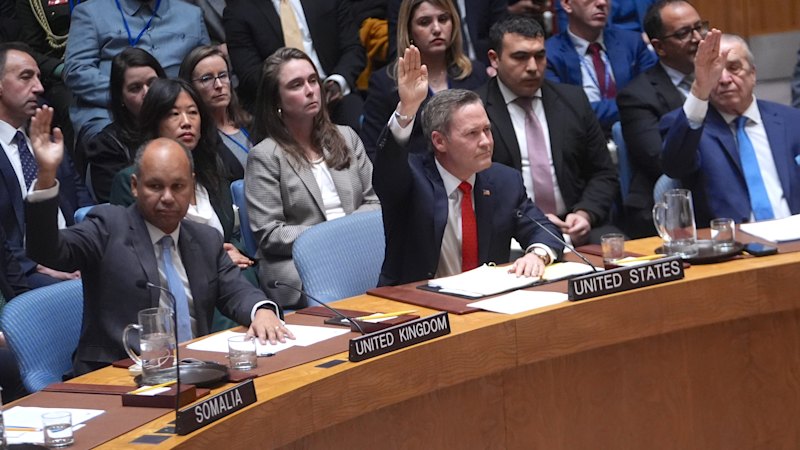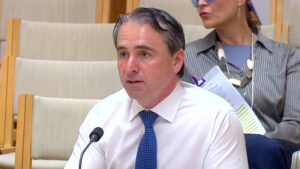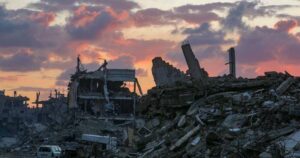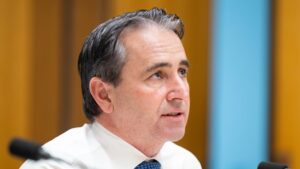
The United Nations Security Council (UNSC) has adopted a resolution that endorses a plan proposed by US President Donald Trump, aiming to transition from a ceasefire to reconstruction in the war-torn Gaza Strip. This resolution not only establishes a temporary international force but also opens a potential pathway towards a sovereign Palestinian state. The adoption marks a significant shift in the diplomatic landscape, particularly following the devastating response to the Hamas attack on October 7, 2023, which resulted in approximately 71,000 Palestinian deaths.
The newly approved resolution authorizes the deployment of an International Stabilisation Force, which will work closely with both Israel and Egypt to aid in the reconstruction of Gaza. Countries from the Arab world and other Muslim nations have shown interest in contributing troops, highlighting a cooperative regional approach to stabilizing the area.
Reconstruction Efforts and Governance
The resolution also establishes a Board of Peace tasked with coordinating reconstruction efforts until the end of 2027. While the structure and membership of this board have not been outlined, President Trump has expressed his intention to chair it, although he clarified that the US would not provide troops or financial assistance. This step underscores a commitment to rebuilding a region that has seen extensive destruction.
A particularly notable aspect of the resolution is the inclusion of language that suggests a possible path to Palestinian statehood. Following nearly two weeks of negotiations, the final wording reflects the demands of Arab nations and Palestinian representatives for stronger commitments to Palestinian self-determination. The resolution states that once the Palestinian Authority implements reforms and Gaza begins to recover, “the conditions may finally be in place for a credible pathway to Palestinian self-determination and statehood.”
Political Reactions
The mention of a potential Palestinian state has evoked strong reactions within Israel, provoking criticism from both right-wing and left-wing politicians. In contrast, Hamas has outright rejected the resolution, arguing that it does not adequately address Palestinian rights and imposes an unacceptable international oversight on the Gaza Strip.
Despite the optimism surrounding the resolution, the situation on the ground remains tense. Reports indicate that around 200 Hamas militants have fortified their positions within tunnels in Israeli-occupied territories since the ceasefire began on October 10, 2023. Israel has continued air strikes in the region, while settlers have persisted in their attacks on Palestinian villages and farms in the occupied West Bank.
Though the UNSC resolution has not garnered universal support, it represents a significant opportunity for a region long plagued by conflict. The tragic consequences of the recent violence should remain at the forefront of discussions, as this resolution aims to pave the way for a more stable and peaceful future for Gaza and the broader Palestinian territories.
The international community watches closely, hoping this agreement can break the cycle of violence and provide a framework for lasting peace in an area that has seen numerous attempts at reconciliation over the decades.







